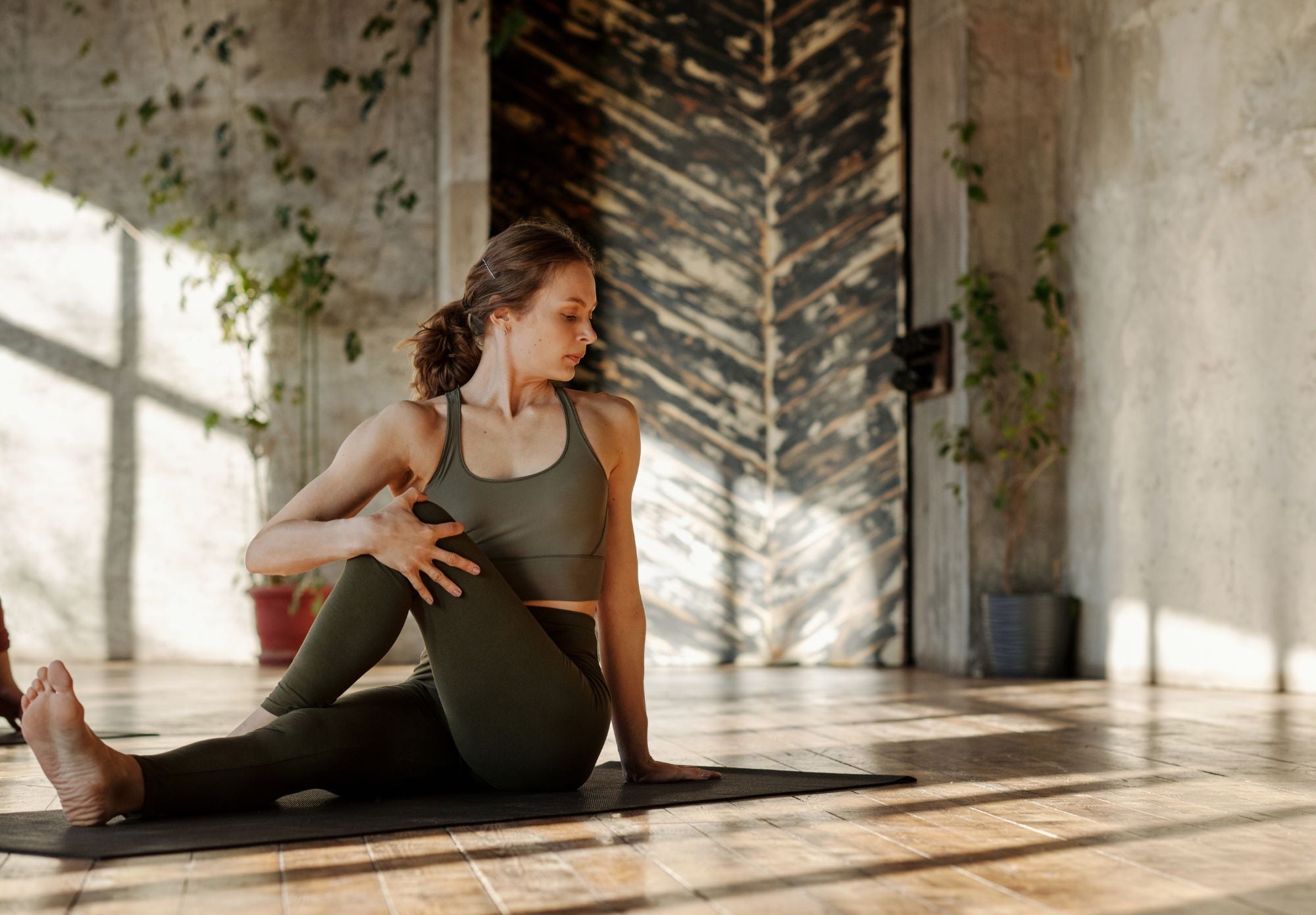Engaging in a regular fitness routine is undoubtedly a commendable endeavor for women seeking holistic well-being. However, to optimize the benefits of exercise, it is equally essential to prioritize post-workout recovery. In this guide, we will explore the key aspects of sophisticated post-workout recovery on the mat, with a focus on stretching, foam rolling, and self-massage techniques. By incorporating these practices into your routine, you can enhance your recovery, reduce muscle soreness, and promote overall physical and mental wellness.
- The Power of Stretching:
Stretching is a fundamental element of post-workout recovery that helps release tension and increase flexibility. By dedicating a few moments to stretching after your workout, you can aid in muscle recovery, prevent injury, and promote relaxation. Aim to perform both static and dynamic stretches to target different muscle groups.
During static stretching, hold each stretch for about 20-30 seconds while focusing on deep breathing. This method helps lengthen the muscles and improve flexibility. Dynamic stretching involves controlled movements that mimic the exercises performed during your workout, gradually increasing range of motion.
- Embrace the Benefits of Foam Rolling:
Foam rolling, also known as self-myofascial release, is an incredibly effective technique to alleviate muscle tightness and soreness. This self-massage technique involves using a cylindrical foam roller to apply pressure on different muscle groups, promoting blood flow and breaking up adhesions or knots.
To effectively use a foam roller, start with larger muscle groups like the glutes, quads, and hamstrings. Slowly roll back and forth, pausing on any tight spots or trigger points. As you become more experienced, you can progress to smaller muscle groups such as the calves and shoulders. Remember to breathe deeply and relax into the pressure, allowing the muscles to release tension.
- The Art of Self-Massage:
Self-massage is a luxurious practice that not only aids in recovery but also fosters a deep sense of relaxation and self-care. By incorporating self-massage techniques into your post-workout routine, you can improve circulation, reduce muscle stiffness, and enhance overall well-being.
Utilize massage tools such as massage balls or handheld massagers to target specific areas of tension. Gently apply pressure in circular motions or long strokes, focusing on tight muscles. You can also experiment with different massage techniques, such as kneading, tapping, or friction, to find what works best for your body.
- Listen to Your Body:
While following a sophisticated post-workout recovery routine is crucial, it is equally important to listen to your body's unique needs. Pay attention to any signals of pain, fatigue, or discomfort, as these can indicate the need for rest or modification in your routine.
Incorporate active rest days into your workout schedule, allowing your body to recover and rebuild. Engage in low-impact activities such as yoga, Pilates, or gentle stretching on these days to maintain movement without placing excessive strain on your muscles.
- Nourish and Hydrate:
Post-workout recovery extends beyond physical practices; it also involves proper nourishment and hydration. Fueling your body with a balanced diet rich in lean proteins, healthy fats, and complex carbohydrates aids in muscle repair and replenishment. Additionally, hydrate adequately to support the elimination of toxins and maintain optimal bodily functions.
